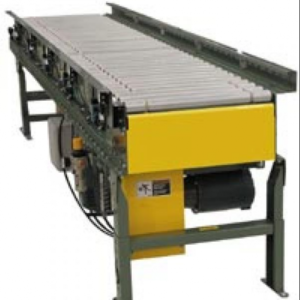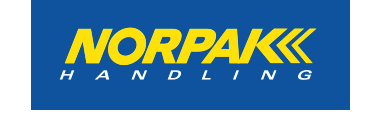 Expert tips from Norpak Handling on proper conveyor belt maintenance
Expert tips from Norpak Handling on proper conveyor belt maintenance
December 3, 2020 REDWIRE is news you can use from leading suppliers. Powered by FRASERS.
Posted by Norpak Handling Limited
Norpak Handling provides conveying products and complete turn-key systems to suit your requirements and solve your probl... Read more
Subscribe
Free REDWIRE e-newsletter

Users should look after conveyor belts regularly.
Norpak Handling takes pride in its responsibility to assist its customers with expert advice on its material-handling systems. This includes belt conveyors, which are popular in manufacturing and distribution facilities. Their belts, which are sensitive, require careful maintenance to operate at their peak. The Norpak team identifies three common issues with conveyor belts – mistracking, tension, and wear and tear – and offers solid professional advice on avoiding them with proper conveyor belt maintenance.
Preventing buildup of damage
First, conveyor belts need to track properly; otherwise, they wander to the sides and will eventually jam, causing the motor overload to trip, stopping the conveyor. They also rub against frames, resulting in wear. Frequent mistracking will result in expensive belt replacements. Second, users need to calibrate conveyor belts to match the required amount of tension. Excessively tight belts cause extra loads to be placed on end roller bearings, leading to premature failure, while loose belts often slip under loads and prevent item conveyance. The third of these common belt problems is general wear and tear: belts with too-tight tensioning may cause the lacing to pull out, as well as overloading the end roller bearings, causing premature bearing wear.
Although these problems have their own respective troubleshooting processes, constant conveyor belt maintenance is recommended to prevent buildup of damage. Norpak suggests the following tips:
- Refer to the Belt Conveyor Maintenance manual, if the system comes with one, for instructions on tracking, tension, and lacing care. The Norpak team can provide a general manual.
- Identify whether the belt is too tight or too loose.
- Make all necessary adjustments before the next inspection, and repeat the process to make sure that the belt is not adjusted too much.
- Keep the belt centred at the end of all adjustments.
- Clean the belt regularly, since debris can result in mistracking.
- Keep the snub rollers, carry idlers, return idlers, and pulleys always parallel to each other.
- Keep the aforementioned components perpendicular to the belt centre line and square with the frame.
- To observe the belt’s performance, launch the conveyor in both its reverse and correct positions.
- Test the belt tracking with a load added.
To learn more, contact Norpak Handling.
Share
Posted by Norpak Handling Limited
Norpak Handling provides conveying products and complete turn-key systems to suit your requirements and solve your probl... Read more
